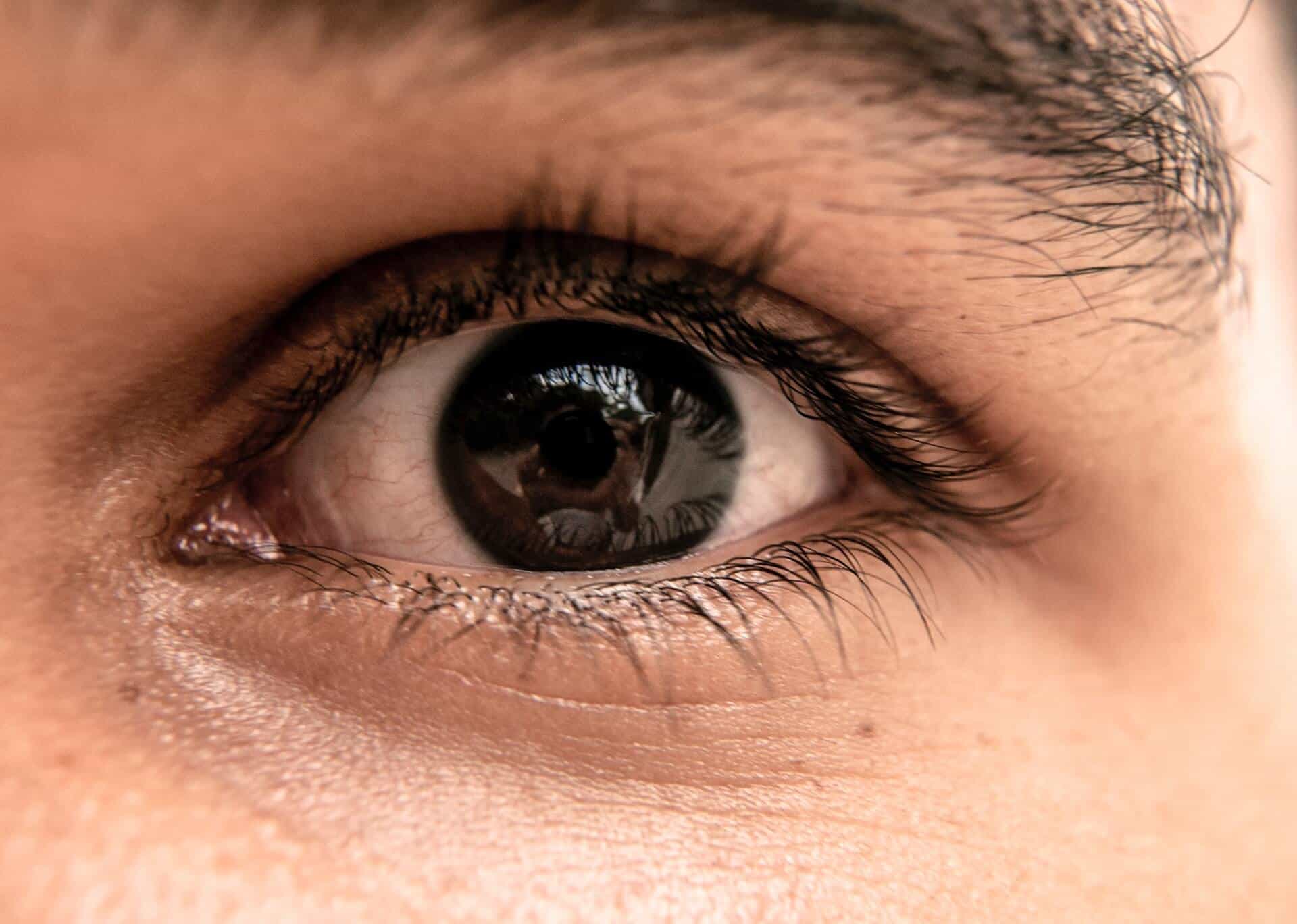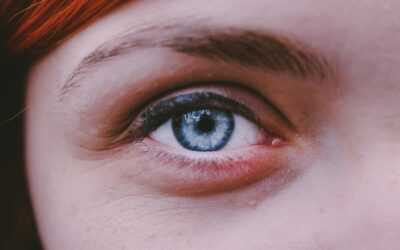In today’s world of constant electronic use via computers, tablets, cellphones, videogames, etc., we are experiencing a rapid increase in signs of eye dryness.
While it may sound silly, when we do these kinds of tasks, we focus so hard on what we are doing we actually forget to blink. Studies have shown that when on electronics, or doing other high-focused tasks like driving, the average blink rate decreases from roughly 20 blinks per minute to 10 blinks per minute.
Blinking is an important factor to preventing the eyes from drying out. The less we blink, the more dry our eyes will feel.
Dry eyes every now and again is not a big issue, however extended periods of time with dry eyes opens up a never-ending cycle leading to a condition called chronic dry eye many years down the road.
If you have ever talked with someone who suffers from chronic dry eye, you would know it is something to fear.
Dry eyes can be quite painful—irritation, burning, a gritty or sandy sensation, the feeling of something being stuck in the eye, eye redness, intermittent blurry vision—all of these symptoms are not fun!
What many people do not know, however, is that there is more to dry eye treatments besides just using artificial tears or other lubrication eyedrops and suffering through the symptoms.
What is Meibomian Gland Dysfunction?
One of the components of dry eye is called Meibomian Gland Dysfunction (MGD).
We have about one hundred little glands that run vertically up and down each eyelid. These glands produce and secrete Meibum, more or less a lipid dense solution that contributes to tear stability.
We need meibum in our tears as this is what holds the tears to the eyes and keeps them from evaporating too quickly. When tears evaporate quickly, we experience dry eye symptoms.
What is further important to note is that these glands do not regenerate. If they become damaged or die off, we simply loose those glands and thus the meibum that would have potentially be produced by them.
Unfortunately, we are seeing more people now than ever before with signs of meibomian gland damage and destruction—this is occurring in individuals as young as 18 years old!
In early stages of MGD, most patients are asymptomatic—their eyes do not feel dry so they do not think they have dry eye.
However, close observation of the eyelid margins will reveal stopped up, clogged glands with little hardened meibum caps over the entrance of the gland.
If these clogs are not removed, newly produced meibum cannot be expressed out into the tears. Instead, the meibum remains stagnant in the gland. Over time, this stagnant material begins to harden.
Hardening of the Meibum puts pressure and stress of the gland, resulting in tortuosity and damage of the gland. If this continues over many years, it will lead to gland death.
Thus, while early signs of MGD may not be a problem at first, it will create symptoms years down the road.
Blinking Reduces Dry Eye Discomfort
When we blink, the pressure of the two eyelids making contact with one another actually expresses the meibum out of the glands as well as smoothing the tears out across the surface of the eye.
You may have noticed when the eyes do feel dry—your natural response is to blink. This is why! The brain is telling the eyes to become more lubricated, hence increasing meibum expression to keep the tears on the eyes for longer.
However, decreased blink rates is not the only reason the meibomian glands clog up.
Debris such as dirt, dust, make-up, sweat, and natural oils of the body can also build up on the eyelid margins. (The primary purpose of eyelashes is to remove unwanted debris from the surface of the eye to the eyelids after all!) This build up of material makes it more difficult for the meibum of the glands to express outward, again resulting in the meibum becoming stagnant and damaging the glands.
Other Dry Eye Prevention Tips
Now, if you spoke to someone who currently suffers from dry eye, and you asked them if they could have done something to prevent these symptoms, they would tell you they would love to go back in time and do something—anything—to preserve their meibomian glands as best possible.
Lucky for you reading this article, we’re here to tell you something you can do to help take care of those glands! Is there anything we can do to help keep meibum flowing unobstructed?
The answer is yes, and may be more simple than one might think!
The first suggestion we have to help preserve gland function is to clean the eyelid margins regularly. This is especially important for those individuals who wear makeup, work in dusty environments, or have skin conditions such as eczema or rosacea.
This does not need to be done with harsh chemicals, a good facewash with extra care to wash the eyelid margins will suffice, however there are also many great products available for regular eyelid hygiene care.
These products include eyelid wipes, such as the Ocusoft lid wipe family or Systane lid wipes, and good makeup remover each night to remove any debris that may have accumulated throughout the day.
Additionally, warm compresses applied to the eyes for 5-10 minutes several times throughout the week can help to keep the meibum within the glands liquidized for easier expression.
The best warm compresses are ones made specifically for the eyes which include little beads that heat in the microwave to the perfect temperature for ocular comfort (i.e. Bruder Mask)—these can be found in the pharmacy section of most major stores or via online retailers like Amazon.
If you do not want to purchase a warming mask, it is also possible to use a clean washcloth at home. Simply run the washcloth under warm, not scalding hot, water and fold the washcloth up into a size that fits over both eyes. Close the eyes and relax for a bit! If the washcloth cools off, you may need to run it back under warm water and repeat for it to stay warm for the 5-10 minute treatment.
After undergoing a warm compress treatment, you can gently massage the lid margins in a vertical motion to help move the meibum around and increase expression.
While you may not suffer from symptoms of dry eye currently, keeping the glands healthy and well-functioning could be the key to prevention of dry eye in the future, in which your future self will be thankful!
If you or someone you know has further questions about eyelid health management or dry eye, be sure to schedule an appointment with your local eye doctor!





